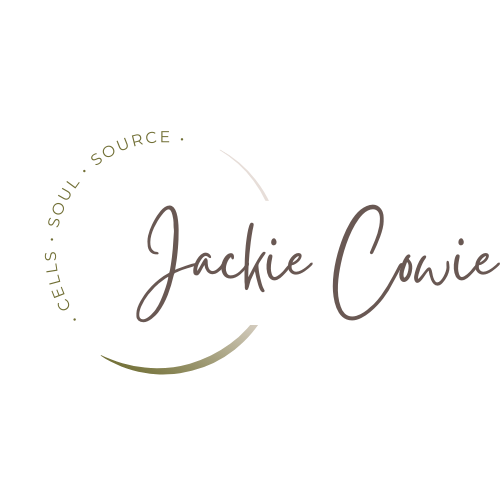Osteoporosis
What is Osteoporosis?
A condition that weakens bones, making them more fragile and increasing the risk of fractures. Osteoporosis develops over several years and is often only picked up after a minor fall causes a fracture.
The cause of Osteoporosis?
Although there is no single cause for Osteoporosis there are several factors which affect your risk including:
-
Age (>50 years)
-
Low body weight
-
Smoking
-
Low physical activity
-
Lack of calcium and vitamin D
How is it treated?
Medication is often prescribed by your GP once you are diagnosed with Osteoporosis however lifestyle changes are often advised such as:
Eat Calcium rich foods such as dairy products and green vegetables. Cereals, breads and juices are sometimes fortified with calcium.
Vitamin D helps absorb calcium and also supports your muscles. Therefore getting a good source of vitamin D from sunlight, food or supplements is important. Spending a small amount of time outside and walking can help aid this as getting all the vitamin D needed from food is difficult.
Weight-bearing exercise can either be high-impact or low-impact. If you have previously broken a bone from osteoporosis or are at high risk of breaking a bone, the low-impact option is best for you.
High-impact exercises include running, dancing, skipping, tennis, etc.
Low-impact exercises include cross-trainer/elliptical machines, stair step machine, walking.
Muscle strengthening exercises are also important in protecting your bones and improving your balance. These can be done at the gym or from home. This can be done by lifting light weights, using elastic exercise bands or lifting your own body weight.
Yoga and Pilates can also help improve your strength, balance and flexibility to reduce the risk of an osteoporotic bone fracture. However, some positions can increase your risk of broken bones and should be avoided by those with osteoporosis. The National Osteoporosis Foundation have provided these handouts explaining what exercises are advised and what should be avoided.
https://cdn.nof.org/wp-content/uploads/2016/05/Safe-Yoga-NOF-Flyer-2016.pdf
https://cdn.nof.org/wp-content/uploads/2016/06/Safe-Pilates_NOF-Flyer_BETZ.pdf
References:
Age UK. (2019). Osteoporosis - information and advice. Available: https://www.ageuk.org.uk/information-advice/health-wellbeing/conditions-illnesses/osteoporosis/#riskfactors. Last accessed 3rd April 2019.
National Osteoporosis Foundation. (2015). Exercise/Safe Movement.Available: https://www.nof.org/patients/fracturesfall-prevention/exercisesafe-movement/. Last accessed 3rd April 2019.


